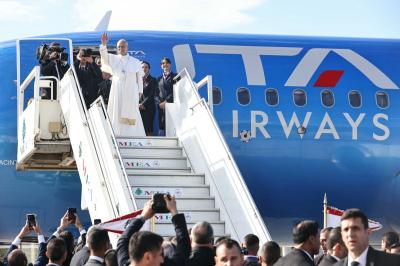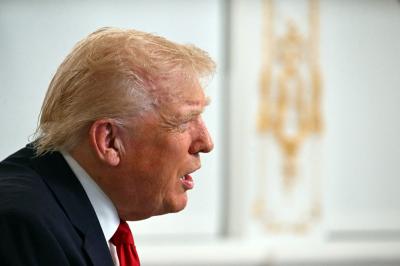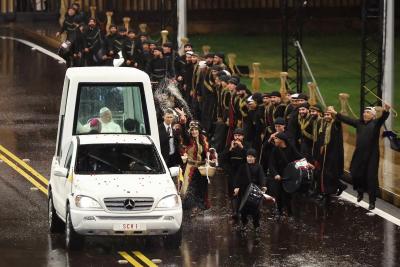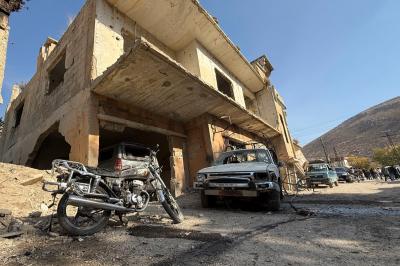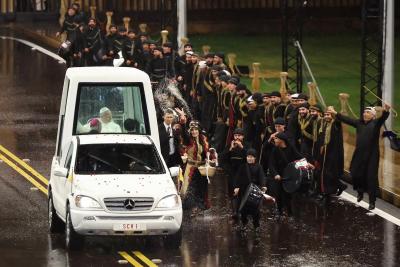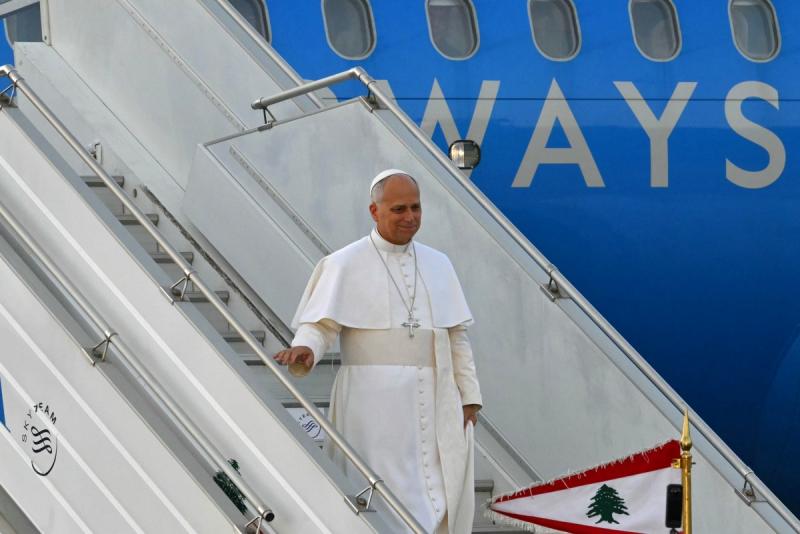No matter how long Israel’s war on Gaza continues, or what form it takes, one pressing question remains for Palestinians: What happens the day after?
Specifically, who will govern the Gaza Strip once the war ends — a war during which Hamas has shown that no solution can be reached without it, yet which has also made clear that the movement cannot return to the status quo of October 6, 2023, no matter the sacrifices made.
Hamas’s "Al-Aqsa Flood" offensive indeed brought the Palestinian issue back into global consciousness. But it’s equally true that the devastation that followed led many, both within Gaza and abroad, to blame Hamas — first for sparking the war, and then for its intransigence during negotiations.
After the immense price paid by the Palestinian people, and in light of shifting regional dynamics that have significantly weakened Hamas’s support network, the movement now faces a new reality — one that has sparked deep internal debate, especially in Gaza, about the post-war future.
The scenario of Hamas joining the official Palestinian Authority, or at least integrating into it in some form, has thus become a serious internal option — and an external demand.
But this shift didn’t begin with the war. Like many radical movements throughout history, Hamas has already undertaken internal revisions — a trajectory reminiscent of Fatah, the historic parent movement of Palestinian nationalism and the driving force of the PLO, which in the 1980s began making concessions to international resolutions.
Hamas, too, had accepted the two-state solution years ago — back when its regional backers were strong. So it would seem natural, after everything that has happened, for it to now accept a historic compromise that includes reconciliation with its Palestinian rivals, following years of bloody internal conflict in Gaza.
Indeed, Hamas has previously participated in elections born out of the Oslo Accords — an agreement the movement officially rejects, and one its late founder, Sheikh Ahmed Yassin, once labeled a treason. By taking part in governance under Oslo’s framework, Hamas was already implicitly accepting some of the post-Oslo political structures.
Then came the 2017 Hamas Charter, which acknowledged Israel’s existence — a major shift suggesting the group’s openness to a partial resolution of the conflict. All of this points to a likely acceptance of the Palestinian Authority’s terms of governance — especially now that international actors appear united in wanting the PA to resume control of Gaza in one form or another.
One proposed model would see a partnership between the PA — led by Fatah and President Mahmoud Abbas (Abu Mazen) — and factions currently outside the PLO, such as Hamas and Islamic Jihad. These groups would first join the PLO, and by extension, the PA.
This vision is long-term and unlikely to materialize soon. But sidelining Hamas has become an Arab and international prerequisite for Gaza’s reconstruction — a process that cannot move forward unless Hamas steps back into the shadows, possibly taking a role in governance only behind a technocratic or independent civilian front, reportedly with tacit U.S. approval.
One of Hamas’s advantages in this context is popular frustration with the chaos in Gaza. Many residents still credit Hamas’s police force with maintaining public order and social cohesion — something they consider as vital as protection from Israeli airstrikes. This security apparatus could give Hamas a role in supporting civil law enforcement within a new governance model.
The emerging proposal envisions Hamas withdrawing from direct political leadership. A new system would integrate Hamas members who are not part of its military wing — the Izz ad-Din al-Qassam Brigades — into a civilian police force, alongside members from other major factions like Fatah, Fatah’s Democratic Reform Current, and Islamic Jihad.
In this way, Hamas would retain influence within the governing structure and gain a share of power and resources, while also shielding itself from what many expect will be a turbulent regional future. It’s a calculated move — a form of political taqiyya, or dissimulation — not unlike the approach of Iran, the group’s main backer.
This ambitious solution fits into a broader package that former U.S. President Donald Trump hopes to revive — a “deal of the century” rooted in the Abraham Accords he brokered at the end of his first term. That deal stalled in large part because it failed to address the Palestinian question. Now, it’s being revisited with new urgency.
But there’s no Israeli partner currently willing even to sit at the table with the Palestinian Authority. Trump would need to pressure the Israeli government — amid growing tensions between Washington and Tel Aviv — or wait for a new Israeli leadership that might accept a two-state solution or a similar compromise.
The Arab stance has been clear: any deal must be based on international resolutions and the Arab Peace Initiative. Circumventing the Palestinians is both unacceptable and unworkable — no real peace is possible without resolving the core issue.
The Humanitarian Pathway: A Gateway to a Long-Term Solution?
At this moment — militarily and politically — the humanitarian crisis in Gaza is becoming a pressure point on Israel. This could open the door to a broader political solution, one that also provides a face-saving exit for Israeli Prime Minister Benjamin Netanyahu.
Once a ceasefire is reached — even if it takes time — Arab states would likely begin reconstruction efforts, under a transitional national unity government. This government could take the form of a civilian cabinet, a technocratic body, or even a council of influential families, allowing Hamas to participate in a more indirect way. Under such an arrangement, the group would surrender heavy weapons and receive personal guarantees for its leadership from countries like Qatar and Egypt.
This transitional government would oversee reconstruction and ensure fair distribution of humanitarian aid, avoiding favoritism or political patronage.
Still, skepticism remains about Trump’s intentions and ability to enforce such a plan. But his seriousness could be critical in preventing Netanyahu from stalling or derailing the process. Meanwhile, preparations are underway for President Abbas’s successor — widely believed to be Hussein al-Sheikh — who is expected to launch political and economic reforms that could make him an acceptable partner to Israelis, Americans, Arabs, and the broader international community.
In the end, two intertwined tracks are in motion: one aiming to end the war, and the other — spearheaded by Saudi Arabia and backed by the U.S. and France — aiming to launch a political process. The first track is difficult, and the second is lengthy. But neither regional peace nor long-term stability can be achieved without resolving the Palestinian issue.
Please post your comments on:
comment@alsafanews.com
 Politics
Politics
